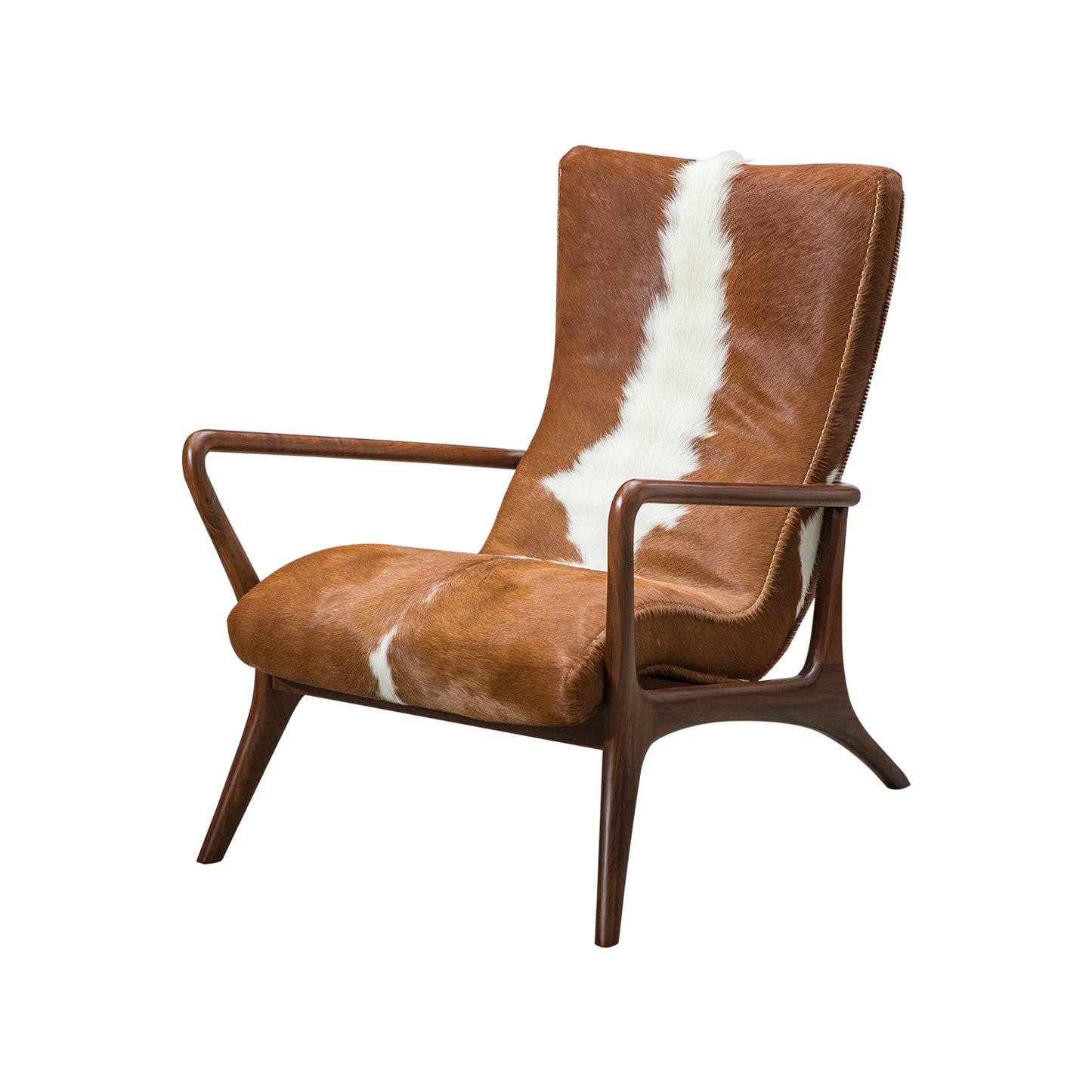The chair is more than just a piece of furniture; it is a reflection of our culture, comfort, and creativity. Throughout history, the design and function of chairs have evolved significantly, adapting to the needs and preferences of different societies. This article delves into the fascinating journey of the chair, highlighting its transformation from ancient thrones to contemporary ergonomic designs.

Ancient Chairs: Symbols of Power and Status
In ancient civilisations, chairs were often reserved for the elite. The earliest known chairs date back to around 3000 BC in Egypt, where they were crafted from wood and adorned with intricate carvings. These chairs served as symbols of power and status, often used by pharaohs and high-ranking officials. But what made these chairs so special?
- Materials: Ancient chairs were typically made from durable materials like wood, stone, or metal.
- Design: Many featured elaborate designs, showcasing the craftsmanship of the era.
- Function: They were not just for sitting; they represented authority and were often used in ceremonial contexts.
The Renaissance and Baroque Periods: A Flourish of Design
As we moved into the Renaissance and Baroque periods, the chair underwent a dramatic transformation. This era saw the introduction of ornate designs and luxurious materials. Chairs became a canvas for artistic expression, with upholstery and embellishments that reflected the wealth of their owners. How did these changes influence the perception of chairs in society?
During this time, chairs began to be more accessible to the middle class, leading to a wider variety of styles. The introduction of the armchair provided additional comfort, while the rocking chair emerged as a popular choice for relaxation. These innovations marked a significant shift in how people interacted with their furniture.
The Industrial Revolution: Mass Production and Functionality
The Industrial Revolution brought about significant changes in the production of chairs. With the advent of mass production, chairs became more affordable and widely available. This period also saw the rise of functional designs, prioritising comfort and usability over ornate aesthetics. What were the key innovations during this time?
- Materials: The use of metal and synthetic materials became prevalent.
- Design: Streamlined designs focused on ergonomics and practicality.
- Accessibility: Chairs became a staple in homes and workplaces, reflecting the changing dynamics of society.
Modern Ergonomics: A Focus on Health and Comfort
Today, the chair has evolved into a sophisticated piece of furniture that prioritises health and comfort. Ergonomic designs are now essential, especially in office environments where prolonged sitting can lead to health issues. What should one consider when choosing a modern chair?
When selecting a chair, it is crucial to focus on:
- Adjustability: Look for chairs that can be customised to fit your body.
- Support: Ensure that the chair provides adequate lumbar support.
- Material: Choose breathable fabrics to enhance comfort during long periods of use.
For those interested in exploring a wide range of modern chairs, visit to discover various options that blend style and functionality.
Conclusion
The journey of the chair reflects broader societal changes, from symbols of power to essential tools for comfort and health. As we continue to innovate and adapt, the chair remains a fundamental element of our daily lives, embodying both our history and our future.













